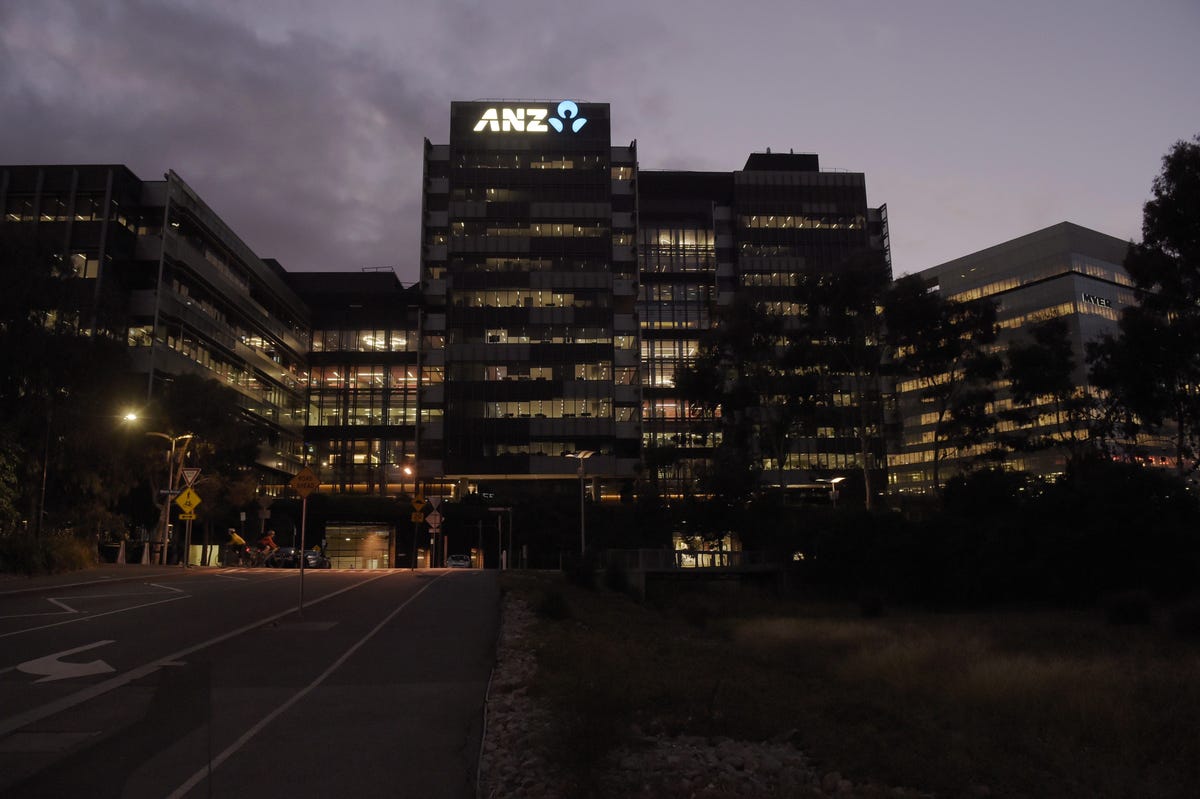
ANZ bank has been using machine learning for around 20 years, but its chief risk officer Jason Humphrey said it’s the compute power the bank now has that allows it to bring more products and features to life.
“Machine learning detects patterns in data then makes predictions and recommendations on how that data could and should be used, and a great example at ANZ is something we’ve been using for 20 years,” he said.
“Machine learning has been in ANZ for 20 years in risk management in the construct of what we call application scoring.”
In an interview conducted by CEO Shayne Elliott, Humphrey said for years the blue bank has been capturing information such as a customer’s profile and how they perform over 18-24 months to determine whether they, for example, pay on time, and build statistical models around those attributes.
“Some of the techniques have been around for 20 or 30 years [such a neural networks] — they aren’t new, they’ve been around for a very long period of time, but because of the complexity of those models … we’ve never had the compute power to be able to run them, such as in the context of real-time decisioning,” Humphrey continued.
“Some of these more complex decisions, we’ve never had the compute power — now we do, which is the revolution in itself.”
ANZ has been working on automating home loan approvals, with Humphrey describing it as, traditionally, a very document-driven process.
“In today’s world, using the old world techniques, we can make a decision after all those processes have been conducted within four seconds,” he said.
ANZ has two artificial intelligence/machine learning patents in the works.
“That tells us we’ve got some great expertise in the bank,” Humphrey said.
One patent is centred on extricating predictive attributes through a lot of data, and the other is around the concept of explainability and improving the bank’s risk culture.
“I think it’s really exciting … it’s about the culture of the firm, about embracing change, about thinking about the risks that come with these new tools and how do we adapt to that and ultimately how do we think about the impact on our customers and our people,” Elliott added.
The bank’s institutional arm chief operating officer Sreeram Iyer said all ANZ had three years ago was the desire to do something in the space of machine learning, but it did not boast the internal capability to make it happen.
“All we knew was this was a promising capability, that we’ve got to be in the game and find our way and test and learn,” he said.
“We now have several dozen team members … who are very familiar with this capability. We have our own IP — we started dealing with vendors but over time we did the right thing of shifting to our own internal capability.”
Iyer said ML and AI have been deployed across many product areas, not just risk.
“A pipeline of what to do next is quite rich in the coming period,” he teased.
“Some of our regulators have started giving us approvals for things that are traditionally more difficult to get approval for.
“Thank god we started doing something and now it’s poised for really harvesting its maturity.”





































